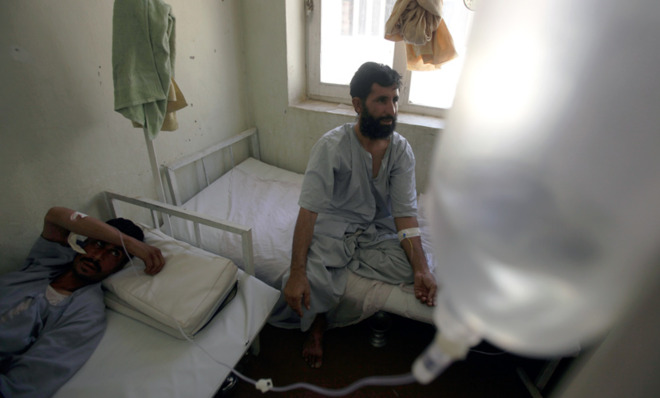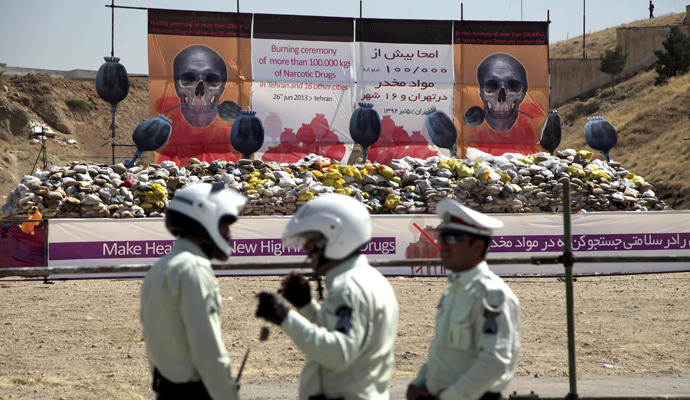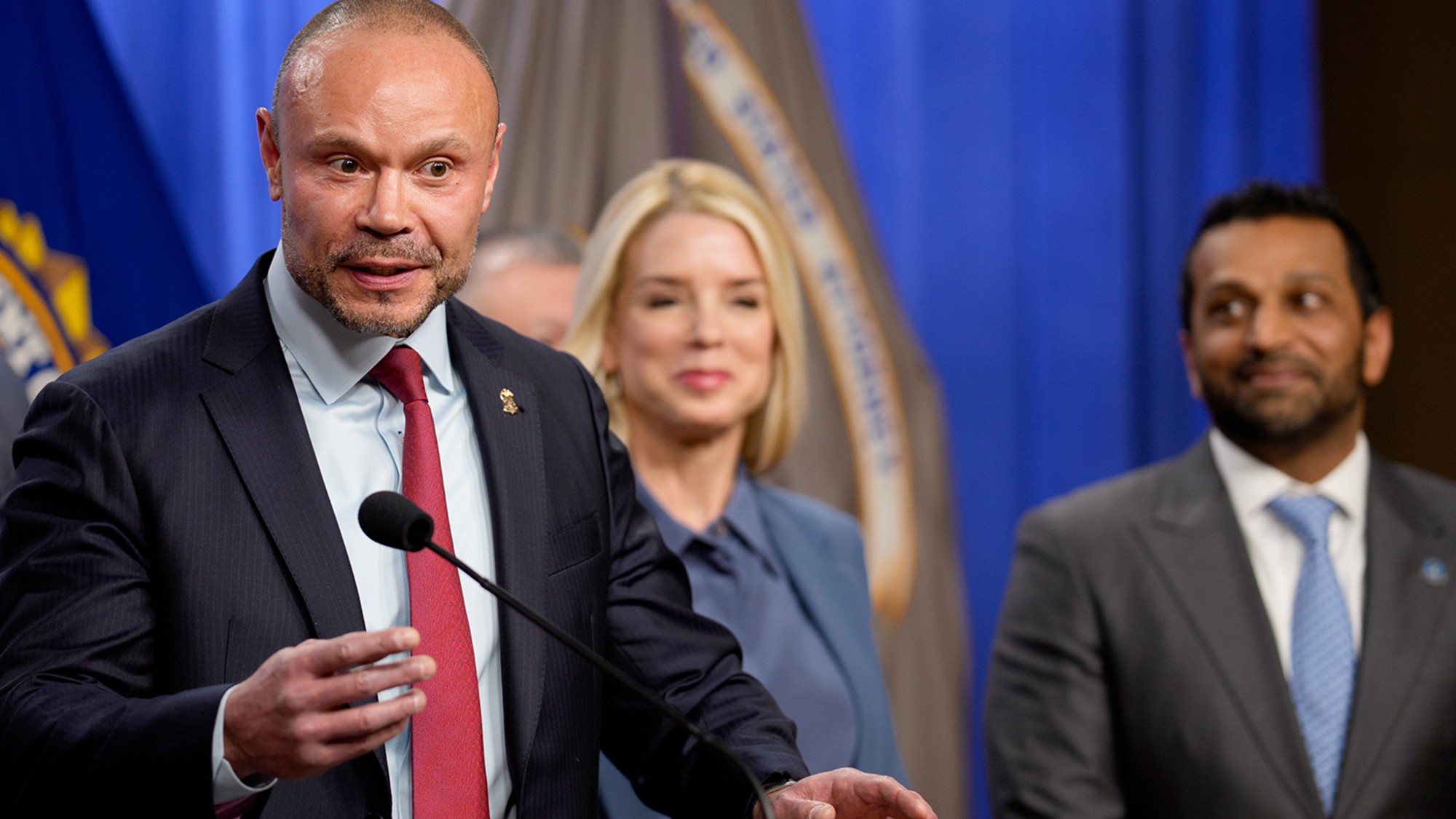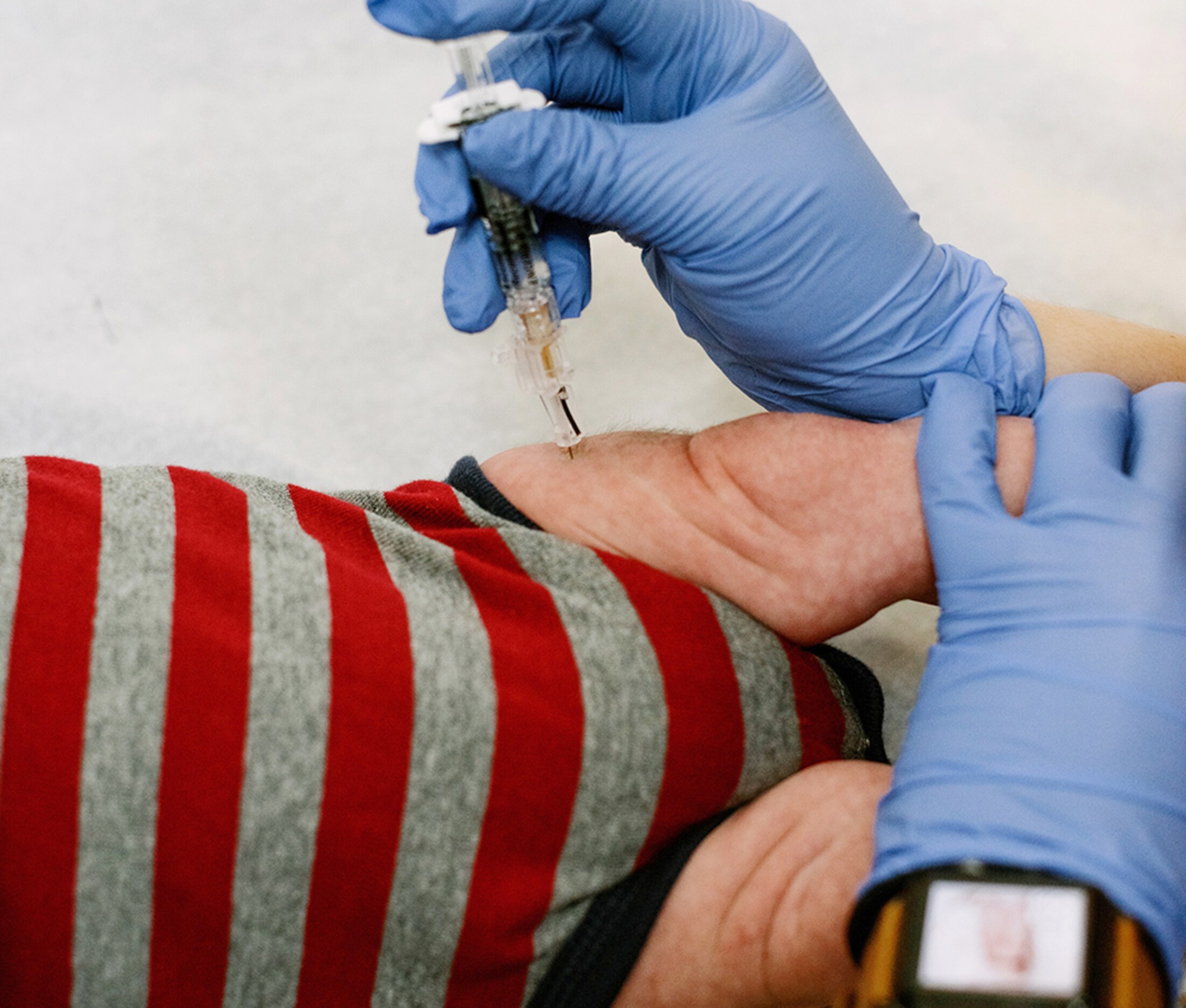The strange paradox of Iran's war on drugs
The nation is extremely tough on drug crimes, but extremely progressive in its treatment of addiction


There are stories some people might not expect to read about Iran — and its progressive drug policy is one. As a number of countries begin to slowly reconsider their approach toward illicit drugs, following the avant-gardiste move of José Mujica's Uruguay, the issue of drugs and treatment of drug abuse might be one where Iran could provide some meaningful contribution to the rest of the world.
Iran has had a long history of drug use. Opium in particular has been part of the social, economic and cultural lives of Iranian people for about 15 decades. In the 20th century, the country has seen structural and ideological changes, and revolutions. War and cultural fervor have often coincided with changing tastes for drugs. Today, the country has arguably the highest number of drug users internationally — the official figure is 2 million to 3 million people, although others suggest it could be more like 10 million.
But this isn't just about opium. Alongside well-established substances that also include hashish and alcohol are more modern and post-modern drugs such as heroin, crack, and crystal meth, which in Persian is called shisheh or "glass." Iran has a huge youth population — the average age is 25 for women and 24 for men — and an underground party scene is enjoyed by many in the urban, secularized, and well-off younger generation. In 2012, Iran was the world's fourth highest importer of pseudoephedrin, used to make crystal meth.
The Week
Escape your echo chamber. Get the facts behind the news, plus analysis from multiple perspectives.

Sign up for The Week's Free Newsletters
From our morning news briefing to a weekly Good News Newsletter, get the best of The Week delivered directly to your inbox.
From our morning news briefing to a weekly Good News Newsletter, get the best of The Week delivered directly to your inbox.
So besides being a major drug trafficking route, a large portion of Iran's population is consuming various kinds of drugs, and increasingly, producing its own synthetic drugs. The Islamic Republic has paradoxes, and drugs is one major example.
The taste and sophistication of drug use in Iran must cause amazement and incredulity among those more familiar with the austere image of the Islamic Republic. And all the more so when one considers that Iran faithfully implements the dictums of the war on drugs and its prohibitionist agenda. Every year, thousands of Iranian law enforcement agents are killed or injured in the fight against drugs. And the Iranian state has been, without exception, among the countries with the highest level of narcotic seizure and interception of drug traffickers.
The sentences for drug possession and trafficking are also among the toughest in the world, including the death penalty for armed trafficking and recidivism. About 80 percent of Iran's death sentences are for trafficking offenses, a draconian approach that would have surely satisfied the ideologues of the war on drugs, including U.S. Presidents Richard Nixon and Ronald Reagan.

Nevertheless, Iran has something more peculiar than the old-fashioned and rather disastrous war on drugs machinery. Since the early 2000s, it has introduced some of the most progressive practices of addiction treatment and rehabilitation, including what is usually referred to as harm reduction.
A free daily email with the biggest news stories of the day – and the best features from TheWeek.com
Harm reduction is a set of practices aimed at reducing the harm of illicit drugs, through a humanitarian and philanthropic support to drug users. It includes the provision of clean needles and syringes to injecting drug users (also in prison) as well as distribution of condoms to sex workers; similarly, that it contemplated the use of methadone, a pharmaceutical drug, as a substitute drug for heroin and opium.
Given that harm reduction has often been ostracized by central governments and the general public in Western countries, its successful implementation in Iran — a country ingrained with moral conservatism and characterized by suspicion towards deviant behaviors such as drug use and sexual promiscuity — calls for a reassessment of our understanding and portrayal of it.
This approach has been championed by the public — as a bottom-up movement — but also public institutions (or some of them at least) as timely reforms. Today, every Iranian city and even many towns and villages, have methadone clinics, rehabilitation centers, and "detox camps," to which people seeking support or medical treatment can resort. NGOs are also active at the margins of the cities providing clean syringes and limited everyday medical care for street addicts.
So, alongside the market for illegal drugs, the field of addiction, treatment and rehab has become a profitable business — confirmed by the large numbers of private centers working in this area. However, this has been mainly driven by non-state sectors. This provision of services to potentially millions of people would not have been possible otherwise, especially as U.S.-led international sanctions that triggered a quasi European-style approach to austerity in Iran have hit social services, often at the expense of the most marginal groups, including drug addicts.
State institutions do, of course, provide free access to public clinics for poorer drug users. However, there is stigmatization of poorer people using drugs. Street addicts in Tehran are periodically collected and sent to compulsory treatment centers for a period of one to three months, for example, after which they are released in the streets. These mechanisms of these interventions are complex and deserve more attention.
Iran is a model for many countries in the region and other countries wanting to reform criminalizing drug policy look to it. But prison, punishment and stigmatization are still in place under the guise of prohibition laws, and in Iran as elsewhere, they are a more serious threat than drugs per se.
And while treatment and support are a powerful move towards new approaches to drugs, with Iran significantly ahead of many more liberal countries, it's clear that the war on drugs isn't stemming other major drug abuse factors. Physicians can only intervene and frame the problem medically, but the state through its prohibitionist machinery and, in this case, by imposing limitations to the public expression of joy and pleasure (as it is often the case in the Islamic Republic), helps create the problem itself.
More from The Conversation...
-
 Pipe bombs: The end of a conspiracy theory?
Pipe bombs: The end of a conspiracy theory?Feature Despite Bongino and Bondi’s attempt at truth-telling, the MAGAverse is still convinced the Deep State is responsible
-
 The robot revolution
The robot revolutionFeature Advances in tech and AI are producing android machine workers. What will that mean for humans?
-
 Health: Will Kennedy dismantle U.S. immunization policy?
Health: Will Kennedy dismantle U.S. immunization policy?Feature ‘America’s vaccine playbook is being rewritten by people who don’t believe in them’
